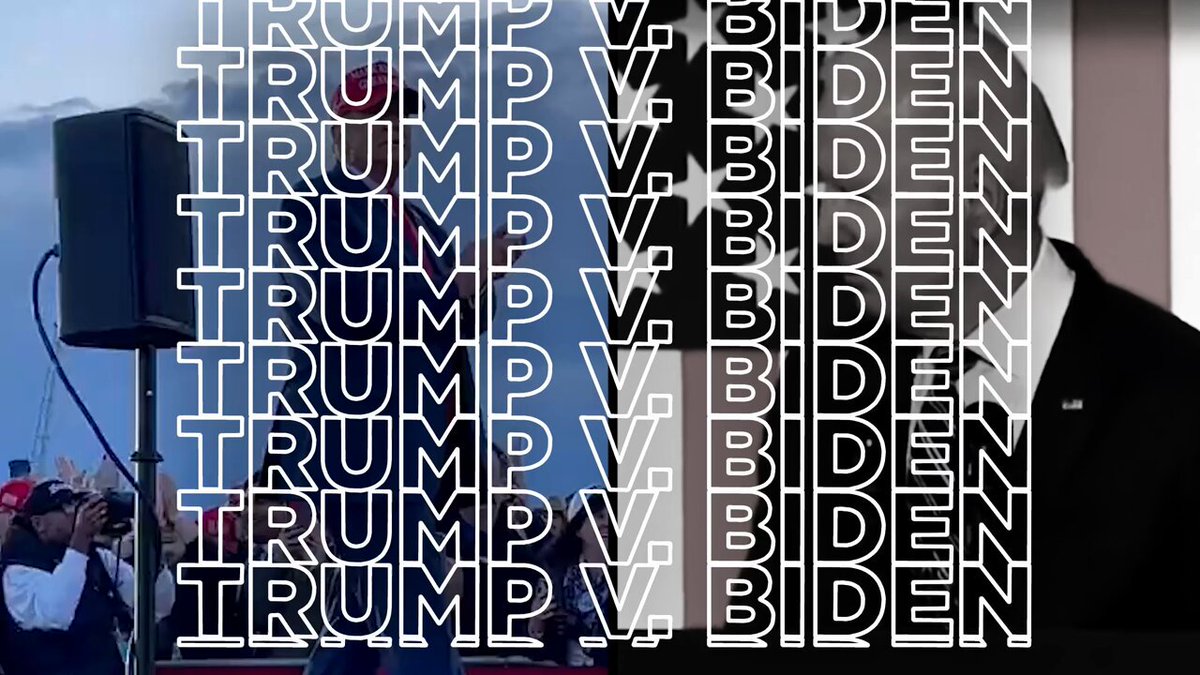Supreme Court to review insurer’s asbestos dispute.
The Supreme Court to Hear Insurer’s Claim on Fraudulent Asbestos Claims
The Supreme Court has agreed to hear an insurer’s claim that a bankruptcy reorganization plan fails to protect it from fraudulent claims related to asbestos exposure cases.
The appeal comes after the U.S. Court of Appeals for the 4th Circuit held Truck Insurance Exchange Co. lacked legal standing to object to Kaiser Gypsum’s Chapter 11 reorganization blueprint.
At issue is the “bankruptcy standing” doctrine, which, along with the associated “insurance neutrality” rule, precludes an insurer from participating in the bankruptcy unless the insurer can show that the plan formally alters the “quantum of liability” under the insurer’s contracts.
Related Stories
-
Judge Orders Montana Health Clinic to Pay Nearly $6 Million Over False Asbestos Claims
7/24/2023
-
J&J’s Own Expert, Working for FDA, Found Asbestos in Baby Powder
10/31/2019
The insurance neutrality rule prevents the insurer from objecting to a reorganization plan even when, as in this case, the insurer bears near-exclusive financial responsibility for the claims under the plan, the insurer’s petition filed with the Supreme Court states.
The court granted the petition for certiorari, or review, in the case of Truck Insurance Exchange v. Kaiser Gypsum Co. Inc. (court file 22-1079) in an unsigned order on Oct. 13. No justices dissented. The court gave no reasons for its decision.
At least four of the nine justices must vote for the petition for it to advance to the oral argument stage. Justice Samuel Alito took no part in the consideration or decision of the petition.
Asbestos is a fire-resistant mineral whose fibers used to be commonly employed in construction and other industries. Although it had been used for thousands of years and was once called a “miracle mineral,” a century ago, it was discovered that it can cause lung cancer, mesothelioma, and asbestosis. Over time, regulators cracked down on asbestos, and its use is now banned in many industries in much of the world. The last asbestos mine in the United States closed in 2002, though Russia continues to mine the mineral.

Billions of dollars worth of claims related to asbestos-caused injuries are filed each year in the United States.
38,000 Asbestos-Related Lawsuits
Since 1978, the two related companies, Kaiser Gypsum and Hanson Permanente Cement Inc., manufactured construction materials containing asbestos. Truck Insurance Exchange is their primary insurer. They have been named in more than 38,000 asbestos-related lawsuits nationwide. The companies filed for bankruptcy protection in 2016 with 14,000 claims still outstanding at that time, and the possibility of future claims remaining, the 4th Circuit noted in its decision.
The companies’ insurance policy requires Truck to defend and pay asbestos-related claims without an aggregate limit.
“That means Truck is financially responsible for virtually every dollar owed to [the companies’] asbestos claimants up to a liability limit of $500,000 per claim,” the petition states.
“In 2016, faced with significant asbestos-related liabilities, [the companies] filed for Chapter 11 bankruptcy. … Yet because Truck bears primary responsibility for all 14,000 known claims, Kaiser had little incentive during its negotiations with claimants’ representatives to ensure that the resolved claims aren’t fraudulently inflated.
“So, in coordination with the asbestos claimants’ representatives, [the companies] initially proposed a … reorganization plan containing none of the now-standard anti-fraud protections for the resolution of claims.”
When Truck objected to this arrangement that would expose it to fraudulent claims, the companies did not disagree but said all “that mattered” was that the companies were protected.
Although the Bankruptcy Code permits a ”party in interest” to “appear and be heard on any issue” in a Chapter 11 proceeding, some courts have imposed judge-made limitations onto the law’s text. The federal bankruptcy court questioned whether it could be confirmed that the plan lacked standard fraud-prevention measures, according to the petition.
The companies amended their plan to add fraud protections but only for the uninsured claims that are to be paid by a trust.
“No such measures were added for the insured claims—for which Truck is financially responsible and which the plan sends back into the tort system.”
After the companies said the claimants’ representatives refused to consent to any plan that provided protections for those thousands of claims, Truck reminded the companies of their duty under the insurance policy to assist Truck in defending the claims on pain of voiding the policy.
The companies submitted the plan after amending it to say that they hadn’t violated their duties to Truck, but the insurer objected, arguing it violated bankruptcy laws.
The plan wasn’t proposed in good faith, and the 14,000 claims that were returned to the tort system “assume the liabilities of [the] debtor” and go around fraud protections, the insurer said.
But the bankruptcy court recommended that the federal district court confirm the plan, which the latter court agreed to do, finding the companies lived up to their duty of cooperation with the insurer, the petition said.
The district court held that Truck was not a party in interest because it lacked “bankruptcy standing” and, therefore, could not object to the plan. The court also found the plan was “neutral” in its treatment of Truck.
The companies filed a brief with the Supreme Court urging it to reject the case.
The 4th Circuit was correct to affirm the district court’s finding that because Truck’s “interests were not altered by a Chapter 11 plan of reorganization, Truck could not challenge the plan,” they said.
The Epoch Times has reached out for comment to the attorney for the Truck Insurance Exchange, Allyson Ho of Gibson, Dunn, and Crutcher in Dallas, Texas, and Kaiser Gypsum attorney Charles Kevin Marshall of Jones Day in Washington.
Oral arguments in the case have not yet been scheduled.
What is the basis for Truck’s argument that it should have standing to object to the bankruptcy reorganization plan?
Nsecured creditors, not for the insurer. Truck challenged the plan, arguing that it did not provide adequate protection against fraudulent claims and that it violated the insurance neutrality rule.
The U.S. Court of Appeals for the 4th Circuit disagreed with Truck, ruling that the insurer did not have standing to object to the plan. The court held that the bankruptcy standing doctrine prohibited the insurer from participating in the bankruptcy process unless the plan formally altered the insurer’s liability under its contracts. Since the plan did not directly affect the insurer’s liability, the court concluded that the insurer lacked standing to object.
Now, the Supreme Court has agreed to hear Truck’s appeal. The key issue is whether an insurer has standing to object to a bankruptcy reorganization plan when it bears near-exclusive financial responsibility for the claims under the plan. Truck argues that the insurance neutrality rule should not prevent it from objecting to the plan because it is the party most affected by the fraudulent claims. The insurer contends that it should have the right to protect its financial interests and ensure that the resolved claims are not fraudulently inflated.
The Supreme Court’s decision to review the case could have significant implications for insurers and bankruptcy proceedings involving asbestos claims. Asbestos-related lawsuits continue to be filed each year, and insurers play a crucial role in managing these claims. If the court upholds the 4th Circuit’s ruling, insurers may be limited in their ability to challenge bankruptcy plans that fail to adequately address fraudulent claims.
On the other hand, if the court sides with Truck and allows insurers to object to such plans, it could encourage greater scrutiny and accountability in the resolution of asbestos claims. Insurers would have a stronger voice in ensuring that fraudulent or inflated claims are not approved, which could ultimately protect their financial interests.
The Supreme Court’s decision will also have broader implications for the interpretation of the bankruptcy standing doctrine and the insurance neutrality rule. It will clarify whether these rules should
" Conservative News Daily does not always share or support the views and opinions expressed here; they are just those of the writer."





